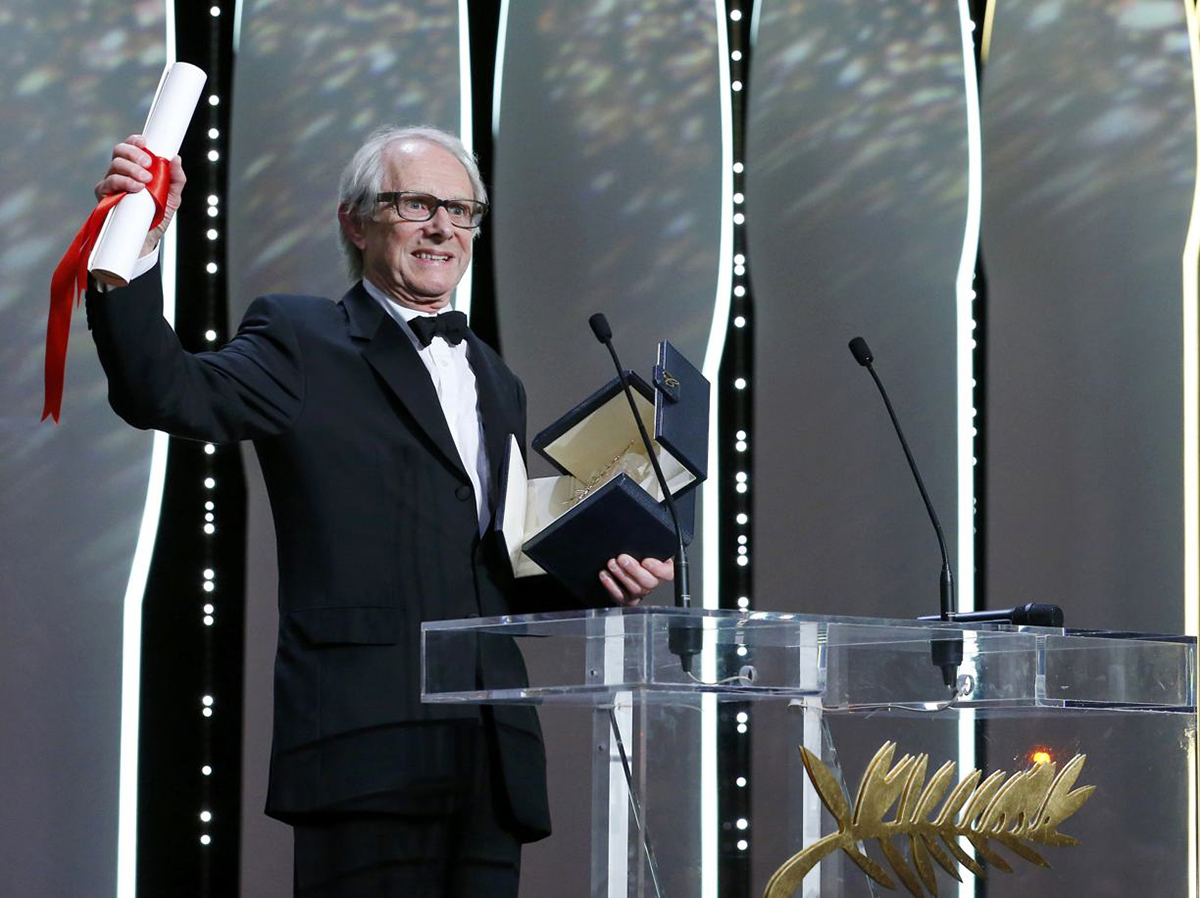La genesi della borsa di carta
La storia della nascita delle borse di carta e della donna che fu capace di rivoluzionarne il concetto.
Una storia di ingegno, femmisimo e e spirito imprenditoriale raccontata da Aeon.
The race was on to produce a paper bag that was both sturdy and easy to make. In 1852, the American Francis Wolle received the first patent for a paper-bag machine. It used steam and paste to create bags in the shape of envelopes. Though the machine became popular, the bags it produced were cumbersome and of limited use – picture a load of groceries in a large envelope-shaped sack. Still, they were better than nothing at all, and factories producing the bags multiplied. In the late 1860s, Margaret Knight, a tall, endlessly inquisitive and hard-working New Englander, went to work for the Columbia Paper Bag Company in Springfield, Massachusetts. Within a few years, her ingenious designs would revolutionise the industry.
By the time she joined the Columbia Paper Bag Company as a lowly factory worker, the 30-something, unmarried Knight had spent years as a 'Jill-of-all-trades', becoming proficient in daguerreotype, photography, engraving, house repair and upholstering. Spending long hours at the factory, she soon heard of current efforts to create a machine that could efficiently manufacture flat-bottomed paper bags. 'I am told that there is no such machine known as a square-bottomed machine,' she wrote in her journal. 'I mean to try away at it until I get my ideas worked out.' Independent of the factory and without her bosses' knowledge, Knight began to study the issue intently.

















